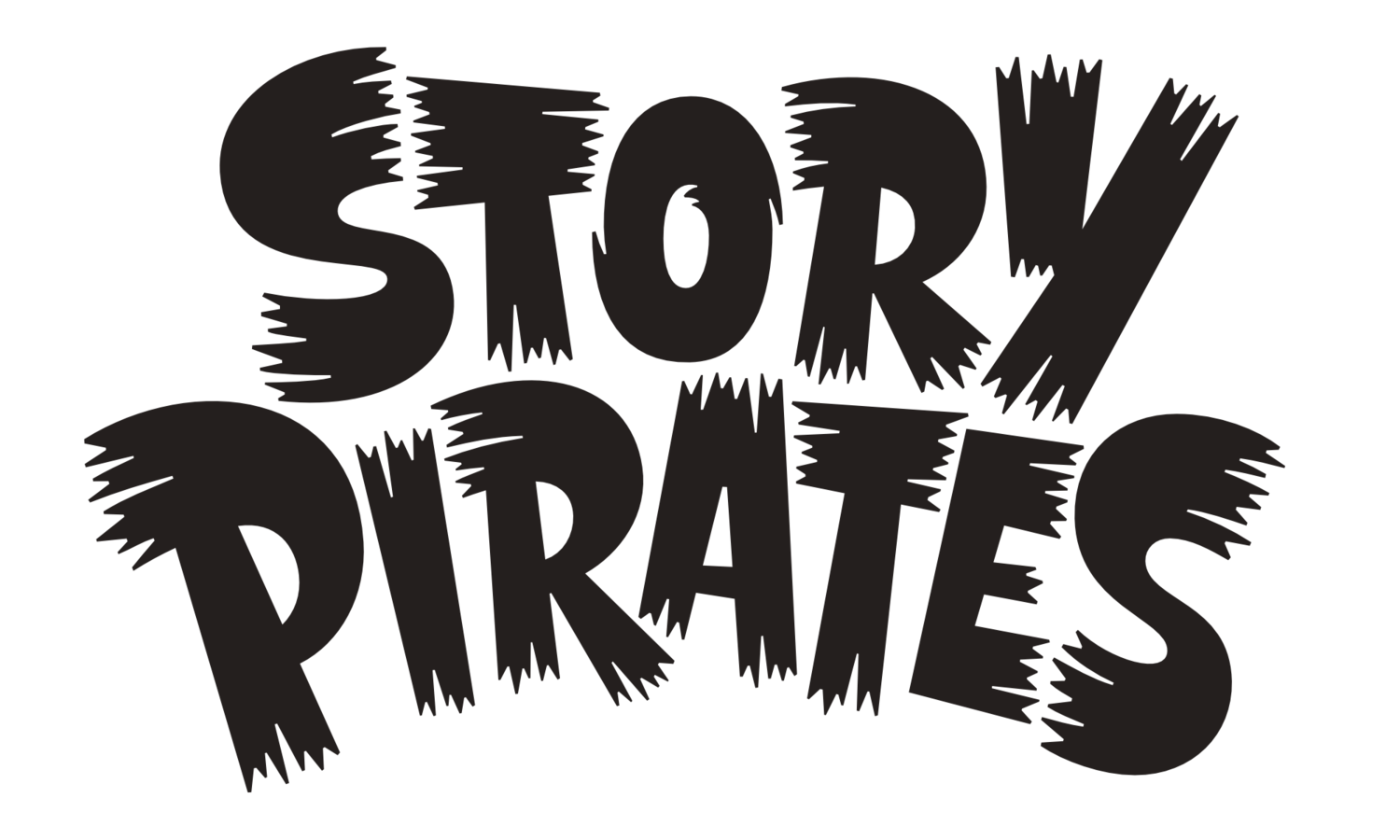INSTRUCTIONS FOR TEACHERS
Your students are about to embark on STORY QUEST, an exciting adventure through the building blocks of narrative writing. This program is intended for 3rd-4th graders.
Here’s how it works:
Classes receive narrative writing lessons in the form of hilarious Story Quest audio plays created by the makers of the Story Pirates Podcast.
Students use our Story Quest graphic organizers and story sheets to outline and write their original stories.
You send your students’ stories to Story Pirates.
We will read and respond to every story we receive and send back a personalized final audio play made just for your school!
6-8 weeks after we’ve received your student’s stories, we will send a final audio surprise custom-made for your class. Each student will also receive Story Love: personalized notes of encouragement to each author in response to their story.
If you have any questions, please reach out to Alexandra Nader by emailing storyquest@storypirates.org
Jump to: Episode Details | How to Submit Stories
Mission 1
Audio: 6 minutes, 11 seconds
Characters: Bring Them to Life With ACTION!
Objectives
Students will be able to create a character with personality traits.
Students will be able to write descriptions of action to illustrate those personality traits (“showing, not telling” the reader about the character).
Learning Standards
Common Core ELA Standards W4.3: a, d
Episode Outline
0:00-4:28: The first section models introducing characters with distinct personality traits.
4:29-6:11: In the second part, students will be given instructions for how to begin creating their own characters and how to "show, not tell" the personality traits of those characters.
Graphic Organizer
Students can plan a character, the character’s personality traits, and what they do because of those character traits. Click the links to download in English and Spanish.
Bonus Activity
Mission 2
Audio: 4 minutes, 26 seconds
WHOOSH! BANG! How to Introduce a Problem!
Objectives
Students will be able to introduce a problem in their own stories using onomatopoeia and dialogue.
Learning Standards
Common Core ELA Standards W4.3: a, b, d
Episode Outline
0:00-3:18: The first section models how to introduce a problem in a story using dialogue and onomatopoeia. Please display these active listening questions while students listen, to help them pay attention to the most important points.
3:18-4:26: In the second part, students will be given instructions for how to begin setting up a problem in their own stories, including appropriate dialogue and onomatopoeia.
Graphic Organizer
This graphic organizer is designed to help your students plan out how they will introduce a problem in their story using onomatopoeia and dialogue. Click to download in English and Spanish.
Bonus Activity
Mission 3
Audio: 5 minutes, 57 seconds
Problem Solving With Cause and Effect Words: Try! Fail! Try Again!
Objectives
Students will be able to write an appropriately sequenced climax for their stories, in which a main character runs into obstacles while attempting to solve a problem.
Students will be able to use “cause and effect words” such as “therefore” and “because of this” to elaborate on the action happening in their stories.
Learning Standards
Common Core ELA Standards W4.3: a, b, c
Episode Outline
0:00-4:53: The first section models how to structure a suspenseful climax, in which a main character runs into obstacles while attempting to solve a problem. Please display these active listening questions while students listen to help them pay attention to the most important points.
4:54-5:57: In the second part, students will be given instructions on how to plan a climax for their own stories.
Graphic Organizer
This graphic organizer is designed to help your students plan how their character will attempt to solve a problem, using “cause and effect words” to describe the action in detail. Click to download in English and Spanish.
Bonus Activity
Mission 4
Audio: 6 minutes, 51 seconds
The Good, the Sad, and the Unexpected!
Objectives
Students will be able to choose a style of conclusion appropriate for their story, based on how they want the reader to feel.
Students will be able to write a conclusion for their own stories.
Learning Standards
Common Core ELA Standards W4.3: b, e
Episode Outline
0:00-2:24: The first section sets up the long-awaited meeting between Eric and the Mayor of Neptune.
2:24-4:22: This section demonstrates different options for how to conclude a story, focusing on how we want the reader to feel when they read it.
4:22-6:51: In the final part, students will be encouraged to write conclusions and send their finished stories to the Story Pirates. They will receive a final installment of Story Quest, celebrating all their work once they do so.
Graphic Organizer
These graphic organizers are designed to help your students frame conclusions for their stories and begin to write them. Click to download in English and Spanish.
Bonus Activity





